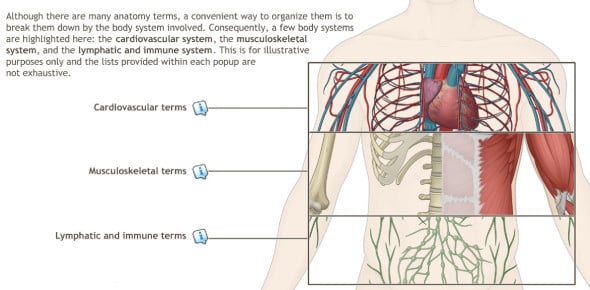Block 7 Anatomy Ta's Abdml Wall Rectus & Viscera
- USMLE
- NBME
2.
You may optionally provide this to label your report, leaderboard, or certificate.
×
Thank you for your feedback!
















